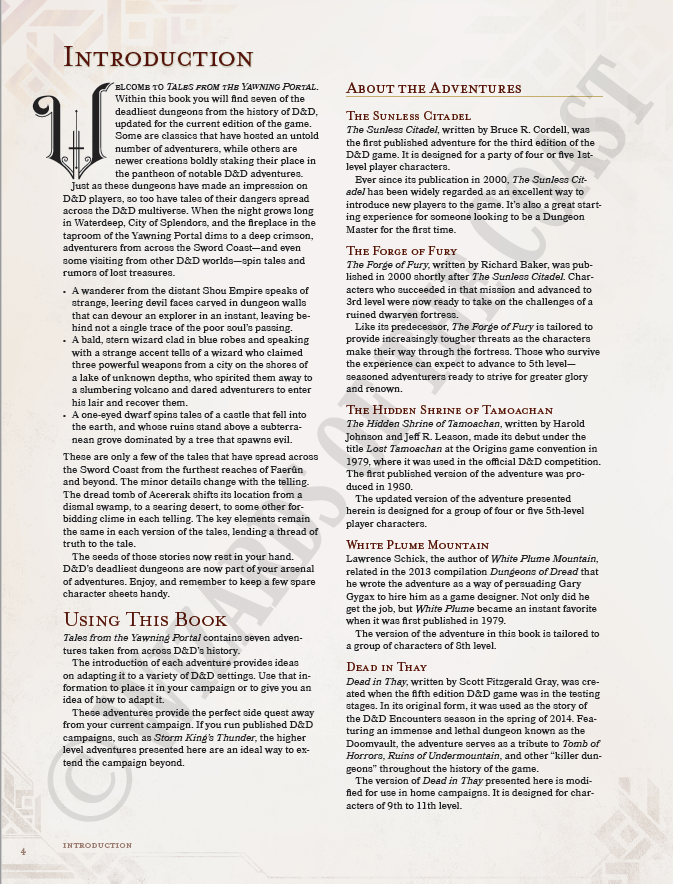

Let us understand the use of Regular expressions in the Regular Expression Extractor-a Post-Processor Element by writing a test plan. ( and ) − these enclose the portion of the match string to be returned Suppose you want to match the following portion of a web-page −Īnd you want to extract readme.txt. Hence the 'alphabet' is "matched" by 'al.*t'. Matches means that the regular expression matched the whole target. It is worth stressing the difference between contains and matches, as used on the Response Assertion test element −Ĭontains means that the regular expression matched at least some part of the target, so 'alphabet' "contains" 'ph.b.' because the regular expression matches the substring 'phabe'. You can place regular expressions in any component in a Test Plan. To use regular expressions in your test plan, you need to use the Regular Expression Extractor of JMeter. If the server returns a unique session key we can easily get it using expressions in our load script. A standard usage example of using expressions is to get a session ID from the server response. Regular expressions provide a simple method to get information from pages when it is impossible or very hard to predict an outcome. With the use of regular expressions, we can certainly save a lot of time and achieve greater flexibility as we create or enhance a Test Plan. JMeter interprets forms of regular expressions or patterns being used throughout a JMeter test plan, by including the pattern matching software Apache Jakarta ORO. Regular expressions are used to search and manipulate text, based on patterns.


 0 kommentar(er)
0 kommentar(er)
